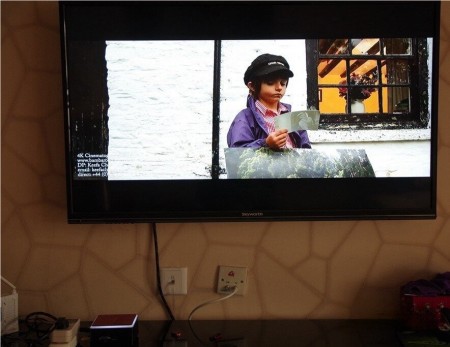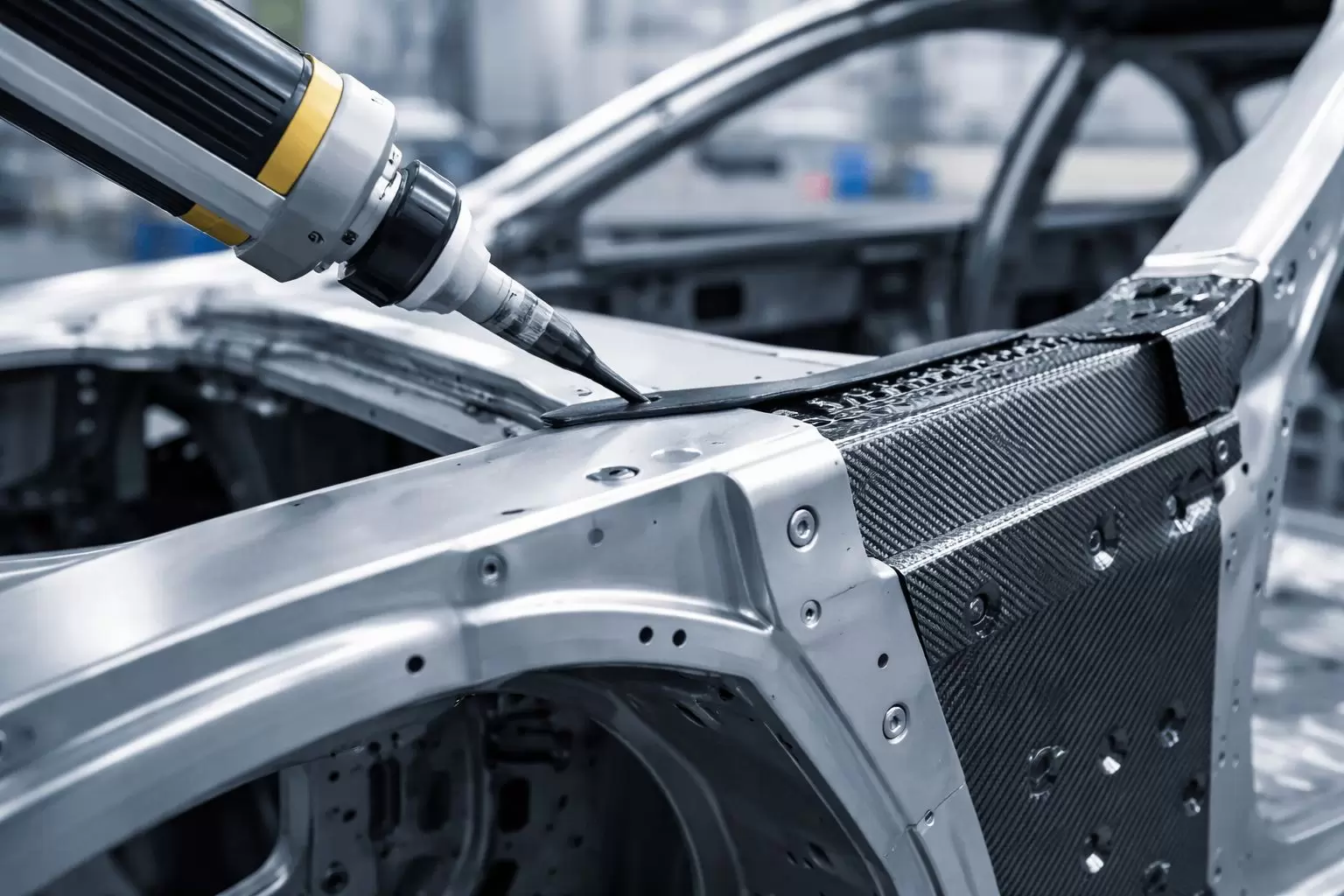In the realm of electrical engineering and home wiring, the placement of switches is a fundamental consideration that significantly impacts both safety and functionality. One of the most critical aspects of this design choice is the decision to install switches in the live wire rather than the neutral wire. This article delves into the reasons behind this practice, exploring the implications for safety, efficiency, and compliance with electrical codes.
The Basics of Electrical Circuits
Before we dive into the specifics of switch placement, it is essential to understand the basic structure of an electrical circuit. An electrical circuit consists of a power source, conductors (wires), and a load (appliances, lights, etc.). The live wire, often referred to as the hot wire, carries the current from the power source to the load, while the neutral wire completes the circuit by returning the current to the power source.
Safety First: The Case for Live Wire Switches
- Interrupting the Current Flow: The primary reason for placing switches in the live wire is to ensure that the current can be interrupted before it reaches the load. When a switch is placed in the live wire, turning it off effectively cuts off the power supply to the device. This means that when the switch is off, there is no voltage present at the load, significantly reducing the risk of electric shock during maintenance or bulb replacement.
- Minimizing Shock Hazards: If a switch were placed in the neutral wire, the load would still be energized even when the switch is off. This scenario poses a severe risk, as individuals working on the device may inadvertently come into contact with live components, leading to potentially fatal electric shocks.
- Compliance with Electrical Codes: Most electrical codes, including the National Electrical Code (NEC) in the United States, mandate that switches be installed in the live wire. This requirement is rooted in safety standards designed to protect both users and electricians. Adhering to these codes not only ensures safety but also avoids legal liabilities and insurance issues.
Efficiency and Functionality
- Enhanced Control: Installing switches in the live wire allows for better control of the electrical system. Users can easily turn devices on and off without the risk of leaving them partially energized. This control is particularly important in residential and commercial settings where multiple devices may be connected to a single circuit.
- Reduced Energy Waste: By ensuring that the load is completely de-energized when the switch is off, energy waste is minimized. This efficiency is not only beneficial for reducing electricity bills but also contributes to environmental sustainability by lowering overall energy consumption.
- Simplified Troubleshooting: When a switch is placed in the live wire, troubleshooting becomes more straightforward. Electricians can easily identify whether a device is receiving power by checking the live wire, facilitating quicker repairs and maintenance.
Best Practices for Switch Installation
- Use Quality Components: Always use high-quality switches rated for the intended load. This ensures durability and reliability, reducing the risk of failure that could lead to safety hazards.
- Follow Local Codes and Regulations: Always adhere to local electrical codes and regulations when installing switches. These codes are designed to protect both the installer and the end-user.
- Consider Location and Accessibility: Switches should be installed in easily accessible locations to promote safe operation. Avoid placing switches in areas prone to moisture or physical damage.
- Educate Users: Ensure that all users are aware of how to operate the switches safely. Providing clear instructions can prevent misuse and enhance safety.
Conclusion
The decision to place switches in the live wire is not merely a matter of convenience; it is a critical safety measure that protects users from electrical hazards. By interrupting the current flow before it reaches the load, this practice minimizes the risk of electric shock, ensures compliance with electrical codes, and enhances the overall efficiency of electrical systems. As we continue to rely on electricity in our daily lives, understanding these principles becomes increasingly important for both safety and functionality. By following best practices in switch installation and usage, we can create safer environments for everyone.





